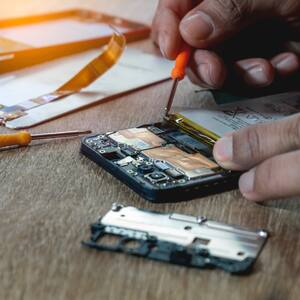When a product or appliance fails, how often have you asked yourself whether it’s even worth fixing? Chances are even if the item is repairable, the cost and inconvenience mean buying a new replacement can make more sense. The fact is, modern products often fail to meet expectations for longevity. A 2023 Consumer NZ survey of mobile phone owners , for example, revealed 89 per cent of faulty devices were no older than 4 years.
Half were less than 2 years old. According to a 2020 briefing from the European Environment Agency, smartphones, TVs, washing machines and vacuum cleaners were all “used on average for shorter periods than both their designed and desired lifetimes”. The availability of parts or the technical demands of fixing complex products also often limit repair options.

New Zealand consumers are often frustrated by how difficult and pricey repairs have become. The Consumer Guarantees (Right to Repair) Amendment Bill now before Parliament offers some hope. It builds on the Ministry for the Environment’s 2021 consultation document , Taking responsibility for our waste .
The bill seeks to force manufacturers to provide spare parts, repair information, software and tools to consumers for a reasonable period after the sale of goods. But there is still too much doubt about how long those goods and parts should last in the first place. Planned obsolescence is a strategy where products are intentionally created with a limited lifespan.
From smartphones to household .
















